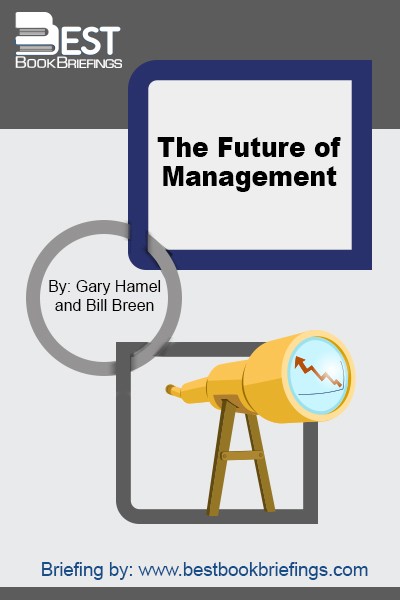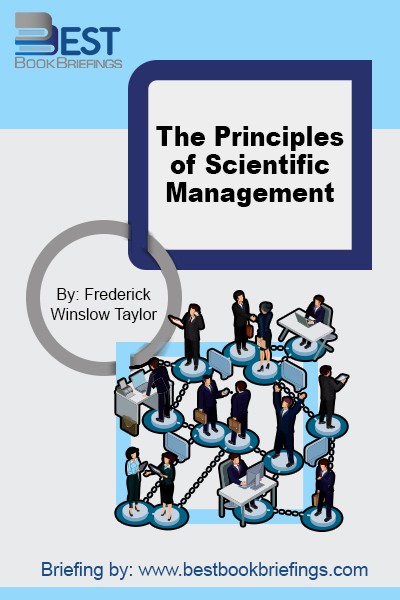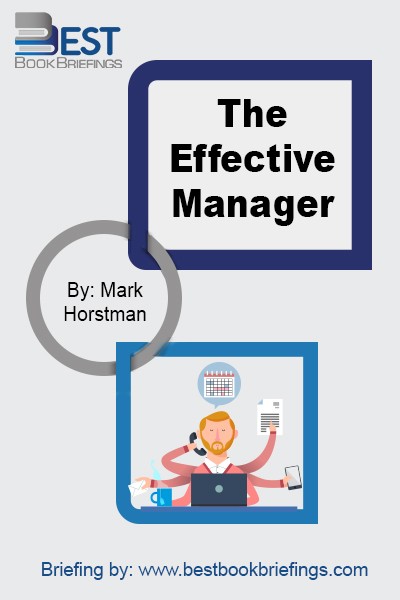Managing
Number of pages: 288
Publisher: Berrett-Koehler Publishers
BBB Library: Operations Management
ISBN: 9781576753408
Editorial Review
A half century ago, Peter Drucker put management on the map. Leadership has since pushed it off the map. We are now inundated with stories about the grand successes and even grander failures of the great leaders. But we have yet to come to grips with the simple realities of being a regular manager. Managing is important for anyone affected by its practice, which in our world of organizations means all of us. We need to understand it better in order for it to be practiced better.
Book Reviews
Books on Related Topics

All the surprises caused by a lack of personal accountability plague almost every organization today, from the political arena to every large and small business. How Did That Happen? offers a proven way to eliminate these nasty surprises, gain an unbeatable competitive edge, and enhance performance by holding others accountable the

Containing twenty-six selections, The Essential Drucker covers the basic principles and concerns of management and its problems, challenges, and opportunities, giving managers, executives, and professionals the tools to perform the tasks that the economy and society of tomorrow will demand of them.

Gallup Co. assembled a selected group of its social scientists to examine the 1 million employee interviews in its database in order to find which survey questions were most powerful in explaining worker's productive motivations on the job. Ultimately, 12 elements of work life emerged as the core of the unwritten

To say that work has changed over the last years would be an understatement. With an increase in downsizing, cut budgets, working hours, customer demands and shareholder requirements, people in charge are constantly under the gun to achieve more with less. It is common now to find managers carrying out a

Management guru Peter Drucker widely regarded as the father of modern management. During his remarkable life and career, he inspired countless business and political leaders. Drucker's key business tents include: Serve the customer: The purpose of a business is to create and serve a customer. Act, don't just talk: Management takes hard work,

In The Future of Management, Gary Hamel argues that organizations need management innovation now more than ever. Why? The management paradigm of the last century—centered on control and efficiency—no longer suffices in a world where adaptability and creativity drive business success. To thrive in the future, companies must reinvent management.

Written by Peter F. Drucker, “the” best management guru, writer, speaker, and consultant to ever live, it lays all the basics of what management is, how it should be carried out, and in which direction should it be heading. This reference book is an excellent source for any aspiring manager, whether

Management by objectives is the process of defining specific objectives within an organization that management can convey to organization members, then decide on how to achieve each objective in sequence. According to George S. Odiorne, the system of management by objectives can be described as a process whereby the superior and

When an organization's culture is bad, don't just blame the managers. Happiness in an organization is everyone's responsibility. Better management means engaging people, improving the whole system, and increasing value for clients. Thus, management is too important to leave to the managers. I firmly believe that management is everyone's job. At

Since the first edition of this book in 1954, it was considered as the first book to give a big picture of management and a typical road map to view the modern business. It created the main principles, concepts, and facts about modern management practices. Although this book was written more than

This landmark book not only influenced positively many major manufacturing companies across the globe, but it also set grounds for the first business degree offered by Harvard University back then around 1910. In the book, Taylor simply laid out the fundamentals of scientific management, followed by the principles. He confronted the

Shifting sands do not make for a sustainable structure. If your organization is to be robust and strong enough to weather any storm, the strength must come from the very core; the ability for each member of your team to execute daily and effectively towards your organization's most compelling goals. This

Every professional is concerned with the use of knowledge in the achievement of objectives: the engineer as he designs equipment, the medical practitioner as he diagnoses and prescribes for the ills of his patients, and the lawyer or the architect as he serves his clients. The professional draws upon the knowledge

Gemba kaizen is a Japanese business philosophy that shows how step-by-step improvements process refinements and enhancements are the surest, easiest, quickest method in maximizing productivity and quality. Defined as the real place where real action occurs, gemba is where products are developed (the lab and design table) and made (the shop floor),

The Effective Manager is a hands-on practical guide to great management at every level. Written by the man behind Manager Tools, the world's number-one business podcast, this book distills the author's 25 years of management training expertise into clear, actionable steps to start taking today. First, you'll identify what effective management

Many people today are seeking to build their own winning gemba (workplace) management system, just like the one built by Taiichi Ohno at Toyota. The study and application of Kaizen (continuous improvement) and Toyota Production System has become increasingly a part of how hospitals, governments, universities, banks, mining operations, and retailers

The One Minute Manager is a concise, easily read story that reveals three very practical secrets: One Minute Goal, One Minute Praisings, and One Minute Reprimands. The book also presents several studies that clearly explain why these apparently simple methods work so well with so many people. By the book’s end,

The quantity of work to be done, or that the manager chooses to do, during the day is substantial and the pace is unrelenting. Why do managers adopt this pace and workload? One major reason is the inherently open-ended nature of the job. The manager must always keep going, never sure





